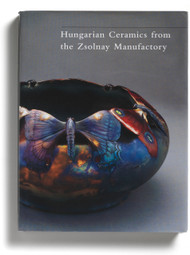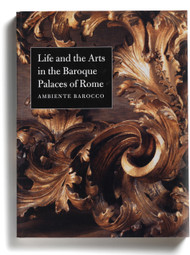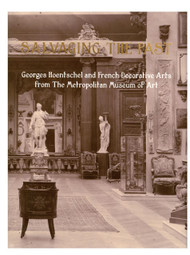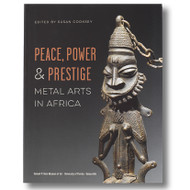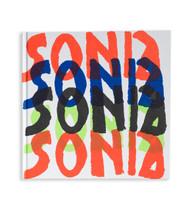Baroque Splendor: The Art of the Hungarian Goldsmith
Out of Print, Digital (Free PDF Download)
The Baroque era conjures up images of opulence in all the arts. It was a time when the decorative arts in particular flourished, with lavish attention paid to every object, from saltcellars to elaborate banquet tables. In Hungary, however, it was also a period of tremendous struggle. The country had been torn apart by the victorious armies of the Ottoman Empire, and from the mid-sixteenth to the end of the seventeenth century, the heartland of the country was occupied territory with the rest was divided into separate political regions, one governed by the Habsburg court from Vienna and the other by Transylvanian prices. Yet against this dramatic backdrop, Hungary's goldsmiths were able to produce objects of great beauty, a lasting tribute to the Hungarian spirit and resolve. After the liberation of Hungary at the end of the seventeenth century, they contributed to the period of reconstruction by creating masterpieces for the new churches and Baroque palaces being built.
Table of Contents
Foreword
Susan Weber Soros
Preface
István Gedai
One. The Cultural, Socio-Economic, and Political Evolution of Hungary, 800-1800
István Fodor
Two. Italian and French Influences on Baroque Architecture in Hungary
Annamária T. Németh
Three. Baroque Portraiture in Hungary in the Seventeenth and Eighteenth Centuries
György Rózsa
Four. Baroque Goldsmiths' Work in Hungary
Judit Hajtó-Kolba
Five. Ottoman Influences on Hungarian Goldsmiths During the Baroque Era
Ibolya Gerelyes
Six. The Development of Hungarian Arms and Armor During the Baroque Era
Tibor Kovács
Seven. Hungarian Textiles in the Baroque Era
Katalin Földi-Dózsa
Catalogue of the Exhibition
Appendix
Biographies and Makers' Marks
Bibliography
Other Details
ISBN
9781941792346
Publication Date
1994
Format
Digital PDF


